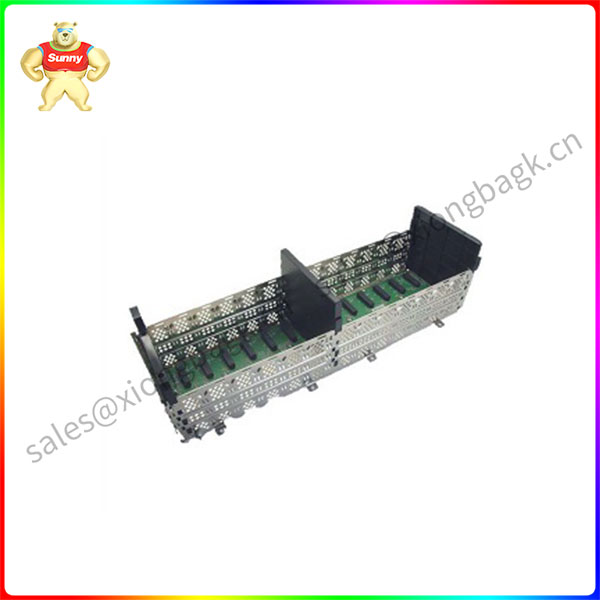Recently, SynSense Technology (hereinafter referred to as “Time Technology”), a brain-like perception and computing head company, officially announced the strategic acquisition of iniVation AG, a Swiss brain-like vision sensor company. After the acquisition, the two companies will complement each other’s strengths and work together in the global industrial and consumer markets.
Is mimicking the human brain a good direction for AI? It’s a matter of opinion. From the perspective of the technological evolution of artificial intelligence, a certain fact is that human beings have never stopped the imitation and exploration of the human brain and its operating mechanism, and the emerging research of brain-like intelligence was born.
As the name suggests, brain-like intelligence is a machine intelligence that is inspired by the neural mechanism and cognitive behavior mechanism of the brain by means of computational modeling, and realized through the collaboration of software and hardware. By imitating the way the human brain works, brain-like intelligence technology enables computer software and hardware to process information efficiently. Compared with artificial intelligence in the traditional sense, it has the characteristics of low power consumption and low latency, and has great potential in enhancing multi-modal perception and improving the efficiency of AI computing.
Brain-like intelligence is also one of the future industries proposed in the “14th Five-Year Plan”. In recent years, the policy side has frequently exerted efforts on brain-like intelligence-related industries. In January 2024, seven departments including the Ministry of Industry and Information Technology jointly issued the Implementation Opinions on Promoting Future Industrial Innovation and Development, pointing out that it is necessary to promote the industrial application of technologies such as next-generation mobile communication, satellite Internet, and quantum information, accelerate the innovation and breakthrough of computing technologies such as quantum and photon, accelerate the in-depth empowerment of brain-like intelligence, swarm intelligence, and large models, and accelerate the cultivation of intelligent industries.

TC-FXX132
Founded in 2017 in Zurich, Switzerland, SynSense Technology (formerly aiCTX) is a global provider of brain-like intelligence and application solutions, focusing on the research and development of brain-like intelligence. The company will move its headquarters to China in 2020, and its team is spread all over the world, with advanced R&D centers and joint laboratories in Zurich, Ningbo, Shanghai, Chengdu and other places.
In terms of technical route, Time Knowledge technology spans the two fields of perception and computing, based on the 20+ years of research and development experience and technology accumulation of the University of Zurich and ETH Zurich as the cornerstone, focusing on edge computing application scenarios, to provide customers with ultra-low power consumption, ultra-low latency full-stack solutions and services.
Up to now, the product matrix of Time Knowledge Technology includes Speck™ series of dynamic vision intelligent SoC, DYNAP™-CNN series of dynamic vision special processor, Xylo™ series of low-dimension general purpose brain processor and other brain-like chip products. Rockpool, Sinabs, Samna, Tonic and other software tools.
Among them, Speck™ is the world’s first dynamic vision intelligent SoC, implementing a large-scale pulsed convolutional neural network (sCNN) chip architecture based on an asynchronous logic paradigm, which can be configured with up to 320,000 pulse neurons, while integrating a dynamic vision sensor (DVS) to provide real-time and efficient dynamic vision input to the chip itself. In terms of applications, Speck™ supports a variety of dynamic vision IoT visual scenes, such as gesture control, human body recognition, face detection, high-speed obstacle avoidance, object tracking, and more.
Specific to the application scenario, the person in charge of time knowledge technology said that the chip developed by the company can be widely adapted to industrial security, smart toys, smart home, smart health, smart cockpit, wearable devices, intelligent robots and other application scenarios.
 中文版
中文版




